As Jeff Charles reported, Los Angeles Mayor Eric Garcetti predicts that the City of Angels is less than a week away from reaching New York City levels of Wuhan coronavirus cases. Such a major increase (nearly doubling every two days) would overwhelm the city’s healthcare capacity. Garcetti said:
“We will be where they are,” he told reporters on Friday. “We will have doctors making excruciating decisions. We will be trying to figure out what we do with that surge, how to get ventilators, where to find beds.”
If Garcetti had access to three mobile 200-bed hospitals with ICU units and surgical suites, “50 million N95 respirators, 2,400 portable ventilators, and kits to set up 21,000 additional patient beds wherever they were needed,” he would probably feel a bit more prepared to handle the predicted onslaught.
California had such a system, implemented by former Gov. Arnold Schwarzenegger in 2006. Schwarzenegger was troubled by the suffering he saw along the Gulf coast after Katrina and was concerned about a possible bird flu pandemic. Knowing that devastating earthquakes and “wanted to prepare the state for future calamities.”
Dr. Carlos Aristeguieta, who served as Schwarzenegger’s emergency medical director from 2005-2007, described the 200-bed mobile hospitals:
“They were not like a MASH tent on TV….They were fully insulated, HVAC-equipped, semi-permanent tents. They had ventilators, a full complement of medications, and they would roll out in 18-wheelers with [a Highway Patrol] escort. They had sleeping quarters for the staff — really comprehensive.”
During the 2008 recession state revenues plummeted, and the state faced a $26 billion budget deficit by the time Schwarzenegger left office. Gov. Jerry Brown cut the system in 2011, sarcastically remarking that “the programs had been set up to counter ‘a potential influenza pandemic which did not occur.‘”
It’s understandable that programs that aren’t vital to the everyday function of the state would be cut or face budget reductions during a financial disaster. It’s completely irresponsible, though, for state officials to not replenish emergency preparedness supplies/coffers as soon as possible.
As California recovered from the recession the state again had budget surpluses: $2.8 billion in 2016, and a $9 billion surplus in 2018, when Gavin Newsom was elected. The state collected a $21 billion surplus in 2019, but despite seeing massive swaths of the state devastated by wildfires the state didn’t prioritize replacing equipment/supplies that had been used/given away/let expire in the meantime.
So what happened to those mobile hospitals, the equipment stockpiles, and the supplies for mobile hospital beds?
Mobile Hospitals
The mobile hospitals were “redesigned,” according to Jennifer Lim, acting chief deputy director for the Emergency Medical Services Authority, into “mobile medical shelters,” which is the bureaucratic term for a “large high-end tent” since the “shelters” don’t have biomedical equipment or medical supplies.
Ventilators and Respirators
The 2,400 portable battery-powered ventilators were donated to county health departments and local hospitals. Medical device dealers told the Los Angeles Times they “recall many of California’s ventilators being resold by hospitals and nursing homes to other dealers, who then likely shipped them out of the United States.”
Out of the 50 million N95 respirator masks, 21 million remain – but they’re all out of date. Between 2011 and 2020 masks were used but not replaced. The expired masks have been released from the stockpile, but “are approved for use only in limited, low-risk circumstances,” according to the California Department of Health.
“Alternative Care Site” Supplies for 21,000 Beds
The stockpile funded by the Health Surge Capacity Initiative contained kits comprised of enough medical gear, medications, and equipment to supply 21,000 beds at alternative care sites like community centers and school gyms. Dr. Howard Backer, who served as the state’s Chief Medical Consultant for Emergency Preparedness, told the Times that the state gave away some supplies and considered “disposing of what couldn’t be given away,” and that he wasn’t sure what happened it all. The California Department of Public Health “did not answer questions as to what became of the alternative care site supplies.”
As of March 2020, California has 90,000 hospital beds statewide. The ability to add 21,000 mobile beds to that supply would be invaluable in the current situation.
By 2011, when the system was disbanded, the maintenance cost for the entire program was $5.8 million a year. California spent $129 billion in the 2011 budget, and over $200 million in 2019. In contrast, the cost to lease space for 177 hospital beds in Daly City will cost the state $3.2 million.
It was extremely shortsighted for Jerry Brown to eliminate a program with a minimal maintenance cost (a number of Democrats criticized the move at the time) but he wanted to stick a finger in Arnold Schwarzenegger’s eye – and now all Californians are going to pay the price.


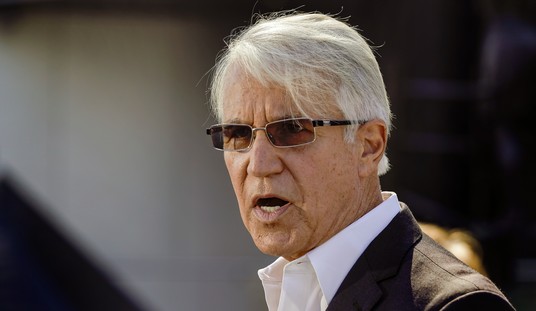
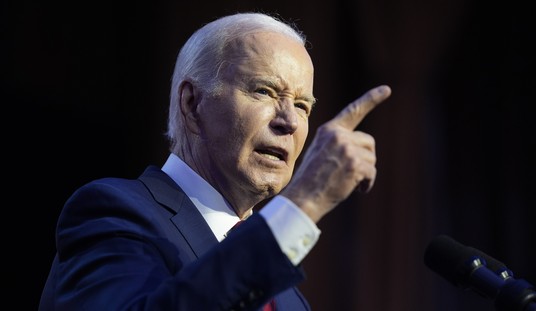


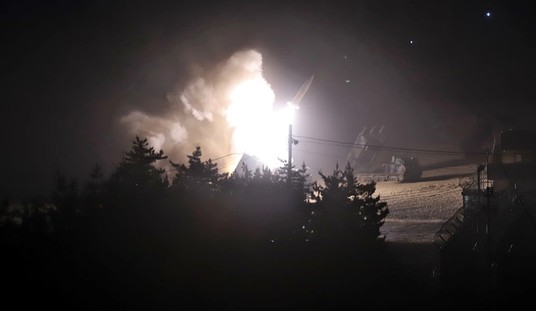

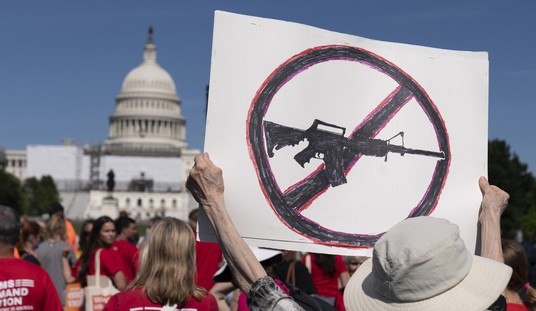
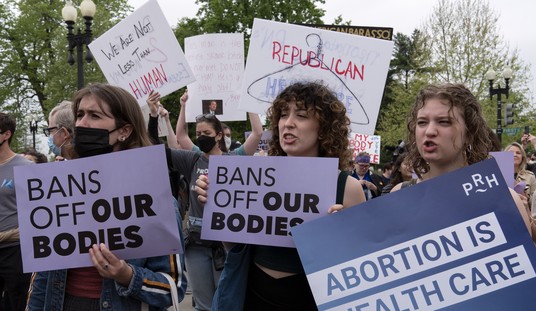
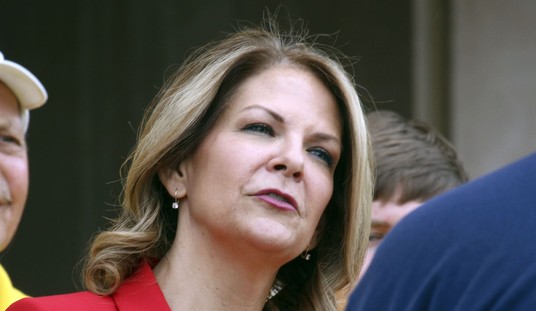



Join the conversation as a VIP Member